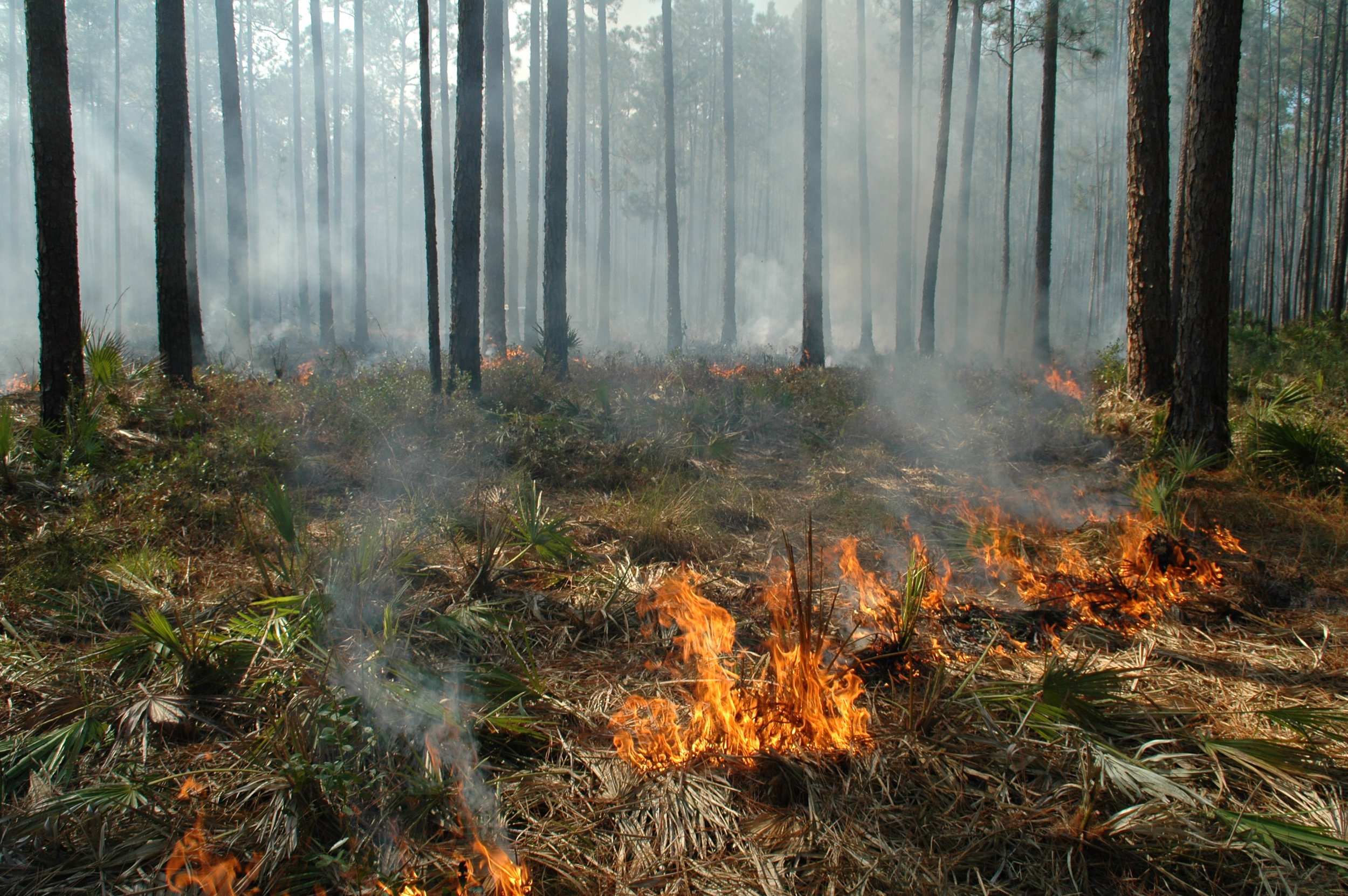
After the Greenfire Revolution: Reimagining Collective Identities of the Future Wildland Fire Workforce in a Paradigm Shift for Ecological Fire Management
This concept paper explores possible collective identities for a future wildland fire workforce. Taking inspiration from the work of futurists who foresee an end to the dominant fire exclusion/suppression paradigm, and assuming that an emerging fire restoration/resilience paradigm shift replaces it, this paper engages in speculative explorations of the process and product of this paradigm shift with respect to the future collective identities of a workforce conducting ecological fire management.

Fly on the Wall: The Northwest Forest Plan Federal Advisory Committee meeting in Eugene (Part 1)
The Federal Advisory Committee (FAC) working on the USFS' Northwest Forest Plan (NWFP) amendment held their third in-person meeting in Eugene, Oregon in January. Comprised of 21 volunteers representing diverse interests and groups from across the Pacific Northwest, the FAC has done a remarkable job of producing policy recommendations for the upcoming Environmental Impact Statement. In fact, they delivered 81 single-spaced, double-sided pages full of recommendations divided among the six subcommittees they created (Climate, Fire resilience, Old-growth, Tribal inclusion, Communities, and Biodiversity).

USFS Launches Northwest Forest Plan Amendment
The U.S. Forest Service convened the first meeting of a Federal Advisory Committee (FAC) in early September to work on an amendment of the Northwest Forest Plan (NWFP). Covering 17 national forests in 3 states, this is one of the most ambitious planning projects the agency has initiated in years. The agency wants to modernize the 30 year old NWFP by developing new strategies for dealing with climate change and wildfires, and engaging Tribal communities and Indigenous perspectives that were largely excluded from the original plan.
FUSEE's program director for the FireGeneration Collaborative, Ryan Reed, serves on the 21-person FAC as the sole designated "public" representative. Ryan is an Indigenous fire practitioner and wildland firefighter, and is the youngest member ever to serve on a FAC.

Changing Fire's Story from a Source or Symptom of the Climate Crisis to One of its Solutions
“Since it was first sparked on land 420 million years ago, fire has played a major evolutionary role in ecosystems and human societies. Indigenous peoples used fire to nurture habitats for a wide diversity of species that provided them with foods, fibers, and medicines, and their cultural burning protected their villages from unwanted wildfires.

Native Forests Need Native Fires
This is a transcript of a speech that was given at the "Traditional Fire Use and the National Fire Plan Conference" hosted by the Confederated Tribes of the Grand Ronde and the Confederated Tribes of Siletz Indians, Grand Ronde, Oregon, on June 12, 2002.

Wildland Fire Use in Roadless Areas: Restoring Ecosystems and Rewilding Landscapes
In May 2000, the Forest Service released a proposal to protect roadless areas on the national forests and grasslands from degradation through future roadbuilding. The Roadless Area Conservation Draft Environmental Impact Statement, coupled with an unusually severe fire season in 2000, precipitated an unprecedented level of discussion and debate on wildland fire management in roadless wildlands.
